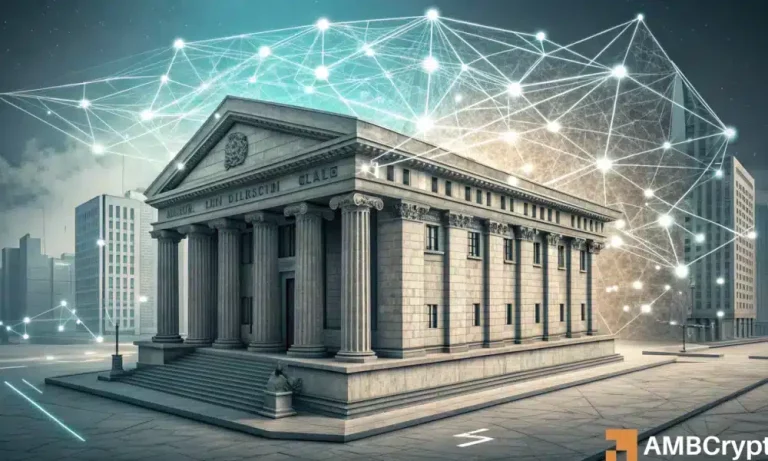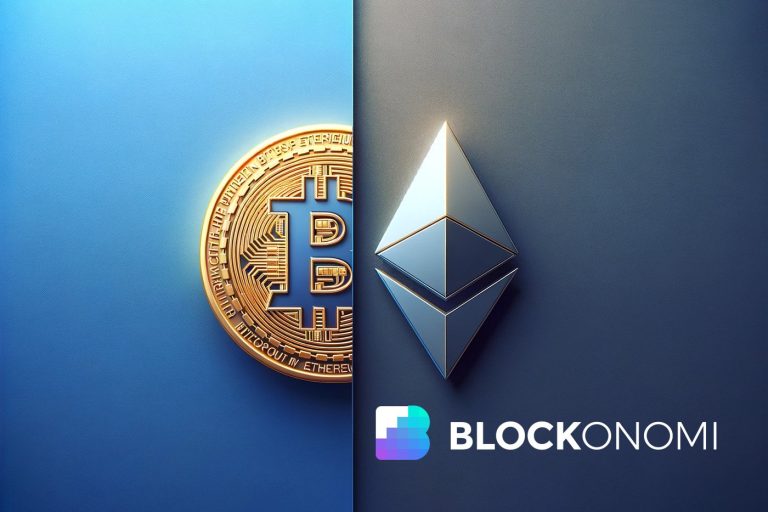
Financial Technology Innovations Expected in 2025
Financial Technology, or FinTech, has been revolutionizing the way we manage our finances and conduct transactions. As we enter 2025, we can expect even more innovative solutions to emerge. Financial Technology is becoming increasingly important, and it’s essential to stay ahead of the curve. In this article, we’ll explore the top financial technology innovations expected in 2025.
Section 1: Artificial Intelligence in Banking
Artificial intelligence (AI) is set to play a significant role in the banking sector in 2025. AI-powered chatbots will become more prevalent, enabling customers to interact with banks in a more personalized and efficient way. Additionally, AI will be used to detect and prevent fraudulent transactions, reducing the risk of financial losses for both banks and customers.
Another significant innovation in AI-powered banking is the use of machine learning algorithms to analyze customer data and provide personalized financial recommendations. This will enable banks to offer more tailored services to their customers, improving the overall banking experience.
Section 2: Blockchain-Based Transactions
Blockchain technology has been gaining traction in recent years, and 2025 is expected to see a significant increase in its adoption. Blockchain-based transactions will become more widespread, enabling faster, more secure, and more transparent transactions. This technology has the potential to revolutionize the way we conduct transactions, reducing the need for intermediaries and increasing the speed of transactions.
Moreover, blockchain technology will enable the creation of digital identities, making it easier for individuals to access financial services. This will be particularly beneficial for underserved communities, who often struggle to access traditional banking services.
Section 3: Mobile Payments and Digital Wallets
Mobile payments and digital wallets are expected to become even more popular in 2025. The use of mobile devices to make payments will increase, enabling users to make transactions on-the-go. Digital wallets, such as Apple Pay and Google Pay, will become more widely accepted, making it easier for users to make transactions without the need for physical cash or cards.
Furthermore, the introduction of new technologies, such as near-field communication (NFC) and quick response (QR) codes, will enable users to make payments more efficiently. This will reduce the need for physical payment terminals, making transactions faster and more convenient.
Section 4: Financial Inclusion and Access to Credit
Financial inclusion and access to credit are essential for economic growth and development. In 2025, we can expect to see more innovative solutions aimed at increasing financial inclusion and access to credit. These solutions will include mobile-based lending platforms, peer-to-peer lending, and digital credit scoring models.
Moreover, the use of alternative data sources, such as social media and online behavior, will become more prevalent in credit scoring. This will enable lenders to assess the creditworthiness of borrowers more accurately, increasing access to credit for underserved communities.
Section 5: Cybersecurity and Data Protection
Cybersecurity and data protection are critical components of financial technology. In 2025, we can expect to see more innovative solutions aimed at protecting user data and preventing cyberattacks. These solutions will include advanced encryption methods, biometric authentication, and artificial intelligence-powered security systems.
Furthermore, the introduction of new regulations, such as the General Data Protection Regulation (GDPR), will ensure that financial institutions prioritize data protection and cybersecurity. This will increase user trust in financial technology and reduce the risk of financial losses due to cyberattacks.




